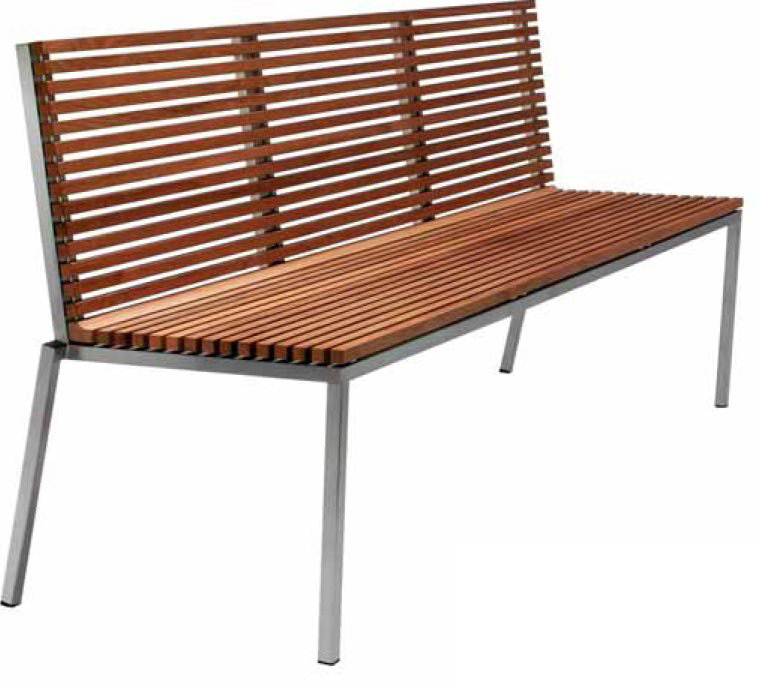Teak has a rare combination of physical and mechanical properties. Although it has a medium density and hardness, it is the natural oiliness – which is obvious when you touch teak – that distinguishes it from other timbers by furnishing it with a natural weatherability, thereby eliminating the need for preservatives and making it maintenance free. Apart from this oiliness it has other properties that make it a very sensorial timber. It has a rich, tigerish, syrupy brown grain and a distinctive smell, especially when it is freshly cut. Perhaps this is the reason it belongs to the aromatic Lamiaceae family, which includes herbs such as sage, oregano, basil and rosemary.
As one of the most solid and durable of timbers, there are many stories of its extreme hardness, some illustrating how this was enhanced by burying the timber under damp earth for several years. This method was used to harden the teak for construction of traditional Chines Junks. It is these properties that are similar to Iroko, which is often used as an alternative to teak. But, as anyone with teak garden furniture will know, without regular oiling this rich, warm-coloured wood weathers to a cool silvery grey.
There is also another more serious side to teak production, with regard to deforestation. As teak consumption grows, large parts of indigenous forest in Myanmar are suffering and, although Myanmar has the largest indigenous forests in Indonesia, through state owned plantations, is also responsible for managed teak forests.
Image: Teak bench by Wolfgang Pichler

Key features
•Medium density: 630-720 kg/m3 (38-43 lbs/ft3)
•Good hardness
•Good steam bending
•Excellent dimensional stability in a wide range of temperatures
•Good resistance to chemicals
•Relatively brittle
•Moderately easy to work
Sources
Teak is indigenous to India and South East Asia, with Myanmar accounting for most of the world’s teak. Managed forests in Indonesia are also a source of teak.
Cost
Teak is around five times more expensive than oak, and is sometimes referred to as the ‘platinum of woods’.
Sustainability issues
It takes around 100 years for teak to mature into timber and although the trees are common, the indigenous forests of India and Myanmar are under threat due to over-exploitation. As a result Myanmar has banned raw log exports but timber smuggling is common. However, according to the International Union for Conservation of Nature teak is classified as a timber of ‘Least Concern’. There is also a market in South East Asia for recycling teak from old warehouses into furniture.
Production
A wood of medium density and hardness, it can be steam bent to a moderate radius. The reason for its good weathering properties – the natural oils which clog the pores – means that it does not accept lacquers, varnishes or stains well. It is relatively brittle and not suited for applications like tool handles or sporting goods which require good impact strength or bending strength.
The highly resistant nature of teak makes it particularly suited to exterior applications, especially in abrasive areas such as those near salt water: here it is used for boat decking, general construction, docks, and bridges. It is also widely used for exterior garden and park furniture. Its advantage in these public areas is that, although its colouring weathers over time from rich golden-brown to silver-grey, it does not need – and indeed does not accept – preservatives. Beyond these general applications teak is used in acid-resistant applications such as chemical ducts and vats and laboratory benches. Other non-structural applications include medicinal uses in south East Asia.
| + | – |
|
–Good hardness –Steam bends well –Good chemical resistance |
–Relatively brittle –Sustainability issues in India and Indonesia –Does not accept finishes well |
